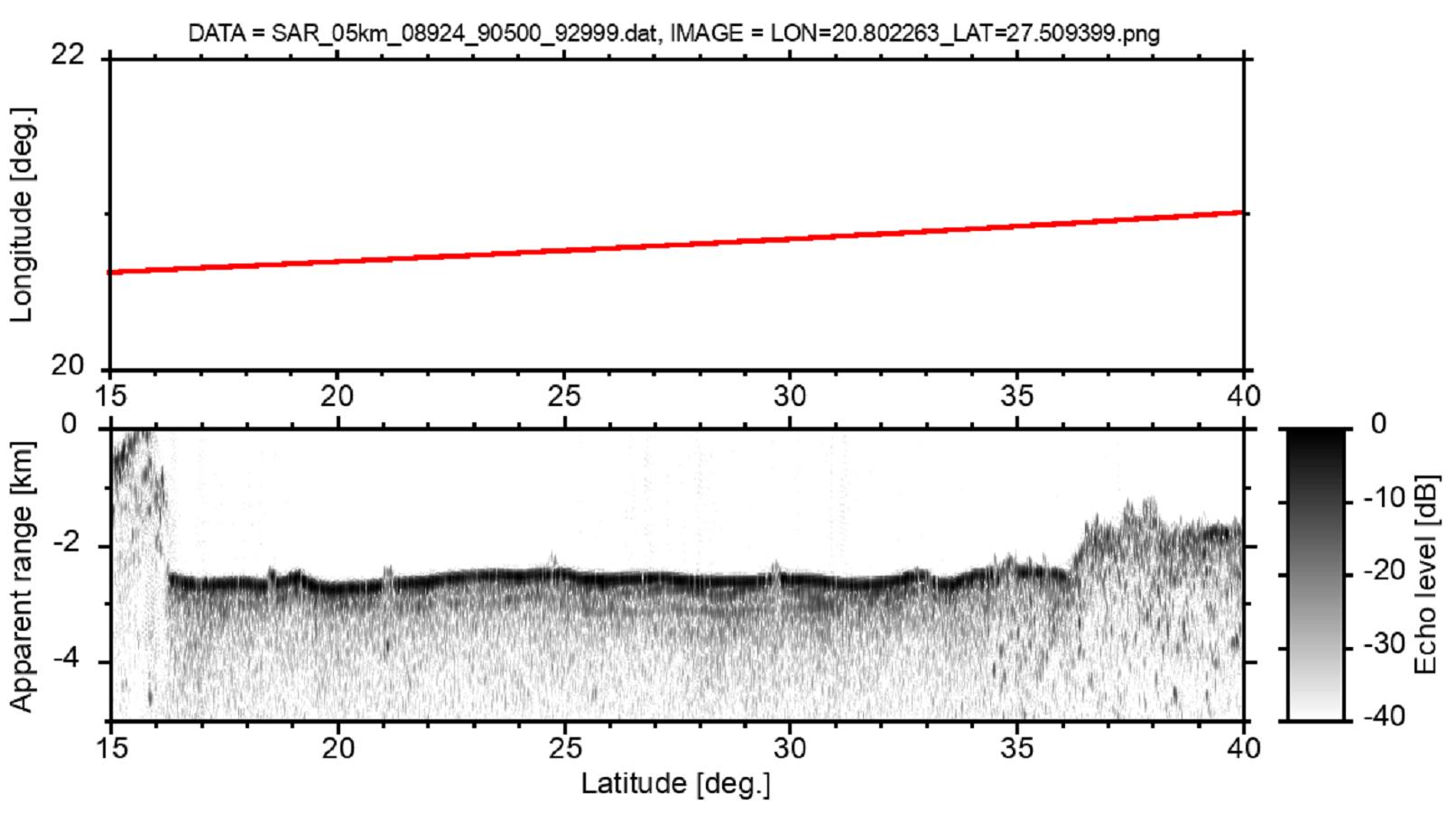ACTIVITY What We Are Working On
Lunar Subsurface Structure Estimations
The Lunar Radar Sounder (LRS) onboard lunar orbiter KAGUYA is an observational instrument designed to reveal the subsurface structures of the Moon by transmitting 5-MHz radio waves from its antenna to the Moon’s surface and detecting the reflected waves from the discontinuities of the electrical properties such as stratum boundaries. The dark parts of the Moon’s surface are called maria, which have flat basalt-covered terrain. On the other hand, the bright parts are called highlands. These consist of anorthosite and have rugged terrain covered with many craters. The LRS observed subsurface echoes reflected from depths of hundreds of meters in the maria on the nearside of the Moon. The maria have formed by massive basalt lava flows that cooled and solidified, upon which regoliths were then deposited in thicknesses ranging from tens of centimeters to several meters. Once lava flowed again on top of those, the regolith layer was sandwiched between the layers of lava flows. The transmitted radio waves were thought to have reflected intensely at the boundaries within this layered structure. We are investigating spatial distribution by identifying these subsurface reflectors through comparisons with existing geochronological maps and estimating the depths.

References
- Ishiyama, K., Kumamoto, A. Volcanic history in the Smythii basin based on SELENE radar observation. Sci Rep 9, 14502 (2019). https://doi.org/10.1038/s41598-019-50296-9.

